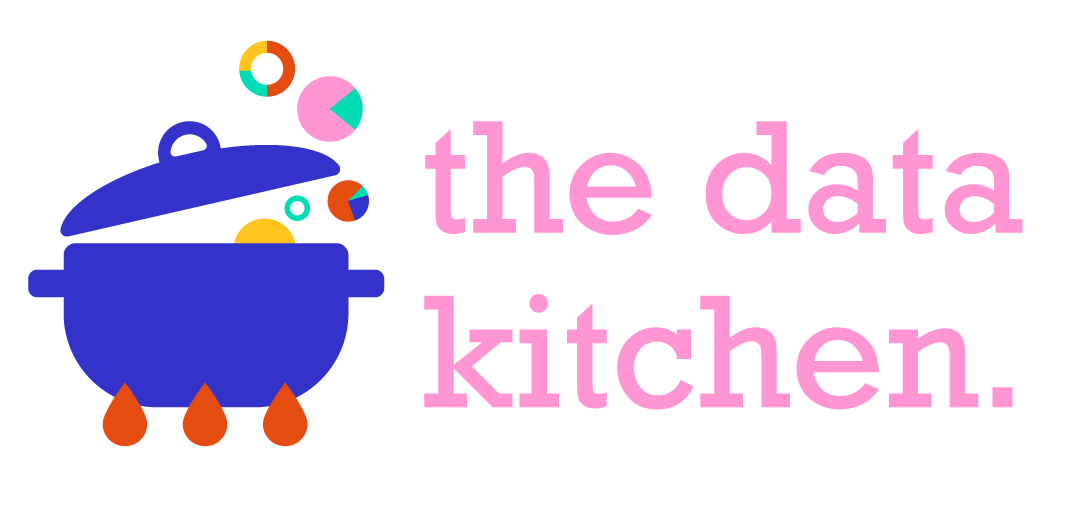As a part of a three-day course organised by Sida, I got to know about DIAL. DIAL, which stands for Digital Impact Alliance, promotes digital inclusion via research, capacity-building and advocacy. In this post, you will get to know more about the principles which guide their work. I hope it will inspire you the way it inspired me.
To create an equitable world, we must shape a share vision for a safe and accessible digital society
DIAL’s vision is “a world where everyone, everywhere has access to the trusted digital tools they need to fully participate in society”, particularly life-enabling service as they call it. Their work is permeated by the Principles for Digital Development. Those principles were new to me (in this format), and maybe they are to some of you too. Additionally, I believe they can be used as guidelines in case where “the digital” is not the main focus. Below, I outline my top 3 choice of the principles. You find all the principles in full here.
Design with the user
This is as straight forward as it sounds. Make sure to consult the people you wish to help when developing your tool, project, campaign etc. It ensures the end-product fulfils desired needs and wishes, and it limits unnecessary modification. This is, to me, clearly connected to participatory development, HRBA, and other similiar theories and concepts. They all promote agency and ownership as a factor of success in development projects (digital or not).
Reuse and Improve
Sustainability is everyone’s friend (apart from maybe some for-profit industries). Especially when you want to make a long-term impact. This principle reminds you to reasearch what is already available and to build on those solutions. Its purpose resembles a couple of the other principles (e.g. Use open standards/data/source/innovation and Understand the exisitng ecosystem).
Design for scale
This principle I appreciate. It urges you to think beyond the pilot stage – dream big! What can you incoporate from the start that will help you later? It is the work smart, not hard approach and that is why I like it.
Reflections
The reason behind using the princples, is to create a synthesized exisitng guidance that, in turn, creates a common vision about how to instiutionalise lessons learned from previous use of digital technologies to support development. A very complicated formulation of a simple message: Do not reinvent the development-wheel. I mentioned that a few of the principles resemble each other. Likewise, many of them merge. Perhaps, it is possible to (simplify and) summarise the Principles for Digital Development in three steps:
- Research current solutions to build on
- Work closely with the user you intend to help
- Be self-critical, improve continuosly
It is interesting that, when writing this post I have noticed the hype I felt about the principles yesterday has decreased. I am slightly allergic to conceptualising everything all the time. Is it not the first thing we learn in development – there is no blueprint? I may be too much of a rookie in digitalisation to realise the circumstances differs here. Nevertheless, I do believe the principles are helpful when working in projects with hands-on digitalisation aspects. Afterall, the principles do align with one of my pet perspectives – that of the indiviudual. Ultimately, it should concern anyone working with any aspect of development that the solutions and projects you work on is desired by the individuals and community you aim to help.
If you enjoyed this article – may I suggest you have a look at my previous post on Charity applications?

